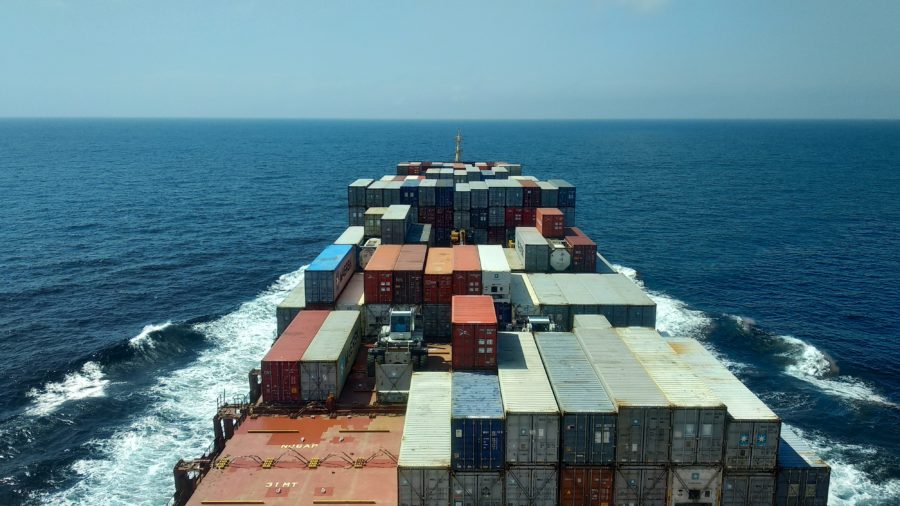July 14, 2021
Ocean Rate Hikes Leading Towards Significant Goods Price Inflation

Most imported goods face sizeable increases in prices in the coming months, as the impact of unsustainable container shipping prices gradually filters down through supply chains, some freight sources believe.
The managing director of one substantial UK logistics and maritime services group told Lloyd’s Loading List that significant inflation in goods prices was inevitable now that current levels of shipping costs exceed the value of the goods inside the boxes in probably the majority of commodities shipped by sea – unless governments or competition regulators can somehow persuade container lines to return pricing to more sustainable levels.
With the cost of shipping a 40ft container from China to the UK having risen rapidly to between $18,000 and $20,000, including surcharges, Peter Wilson, MD of Cory Brothers, said large numbers of importers were now making losses on goods imports at the current prices. And that also leaves freight forwarders vulnerable to significant financial liabilities in the event that importers go out of business – with the value of goods in many cases no longer sufficient to cover the freight costs in the event of payment default by the end customer.
Wilson highlighted the obvious unsustainability of some import business models under the current freight rate market – for example, a regional UK importer of pre-built furniture where the value of goods in the container is only around $10,000. But he also highlighted less-obvious cases – for example an importer of outdoor sports and activities products such as kayaks and paddle boards that has seen a threefold rise in orders. Those products had been viable with a decent margin three months ago when the orders were taken, but shipping costs at the current rate now made those products loss-making.
One thing that had become unviable was a just-in-time model in which goods are ordered and sold now at prices based on the shipping costs that were in place at the time of their import several months ago. Although in some cases those products are already in UK or European end-market warehouses and available to ship, the cost of replenishing that warehouse stock in the current environment of $20,000 freight rates far outweighs the prices at which they are currently being sold.
Another reason why some of the inflationary costs have not yet filtered through, says Wilson, is that importers may have already committed for several months to certain price levels for their products on some of the sales platforms they use, and they are unable to raise those prices until those arrangements come up for review. But when those prices do come up for review, a product that may cost £150 currently may see its price increase to £250, he noted.